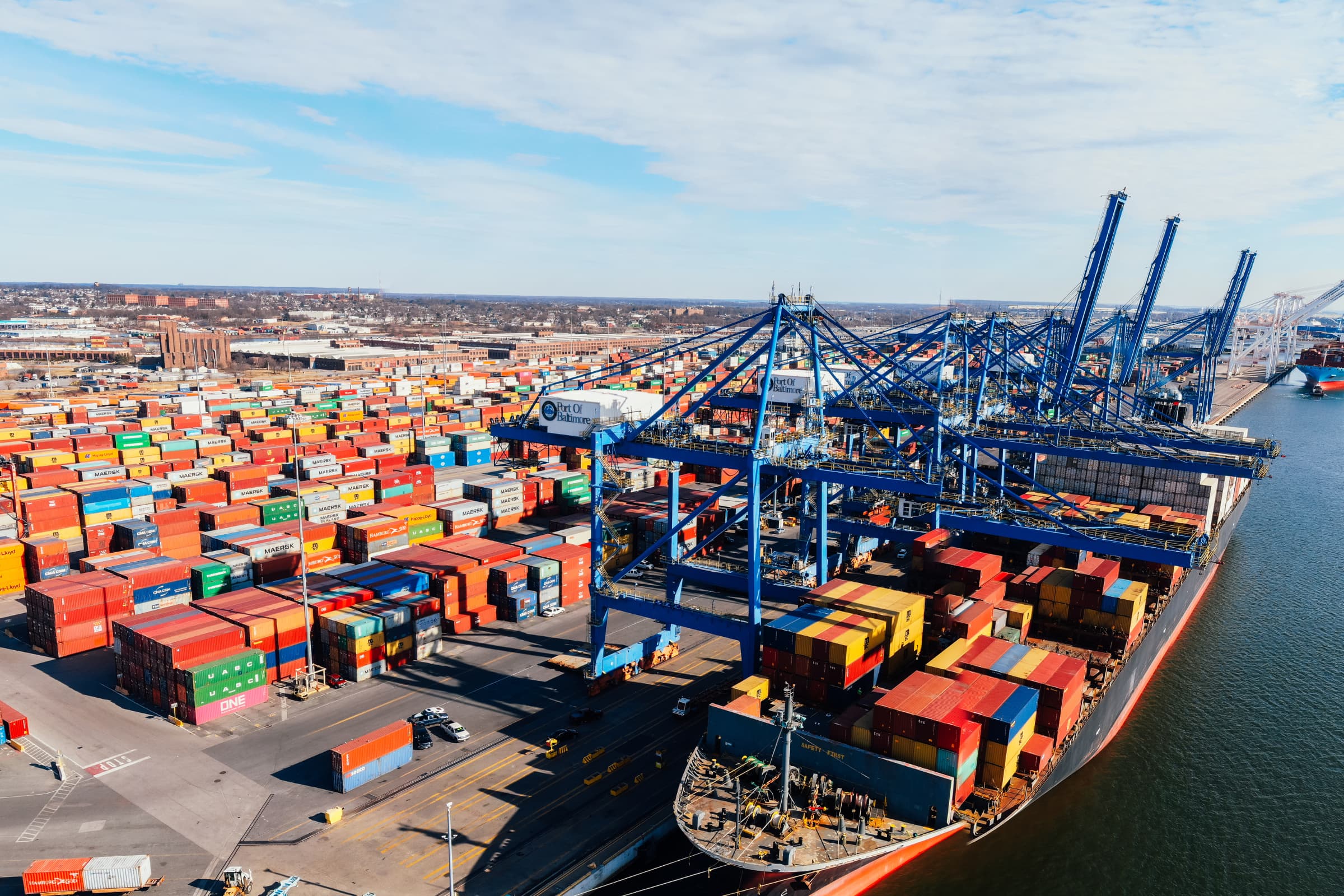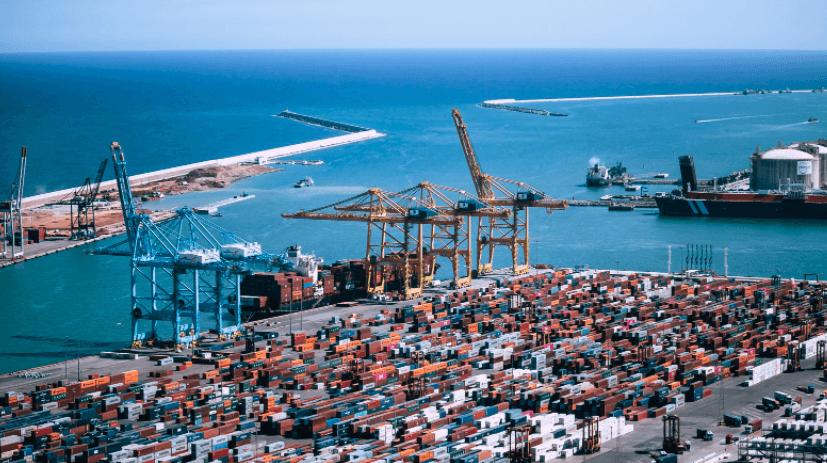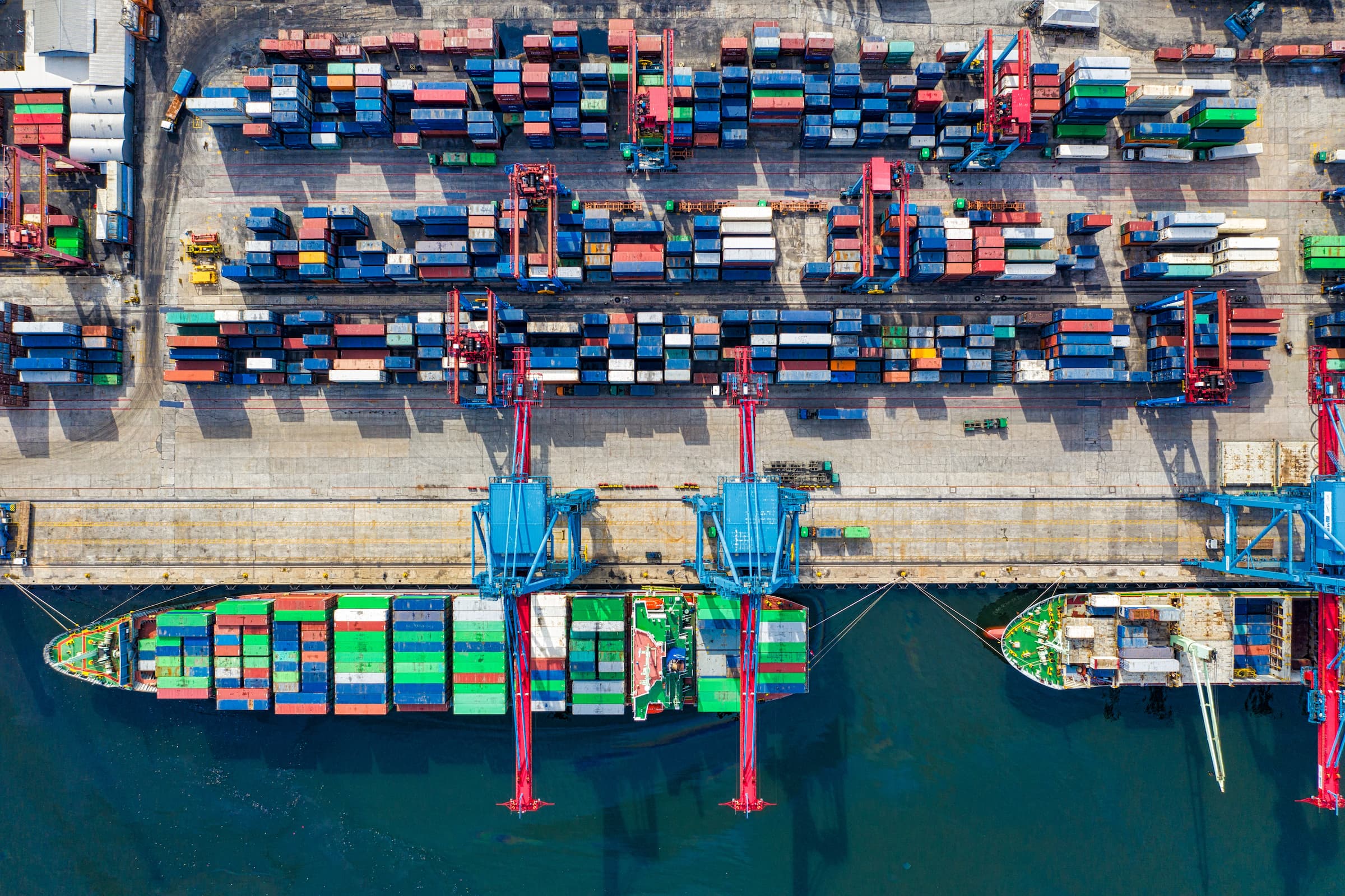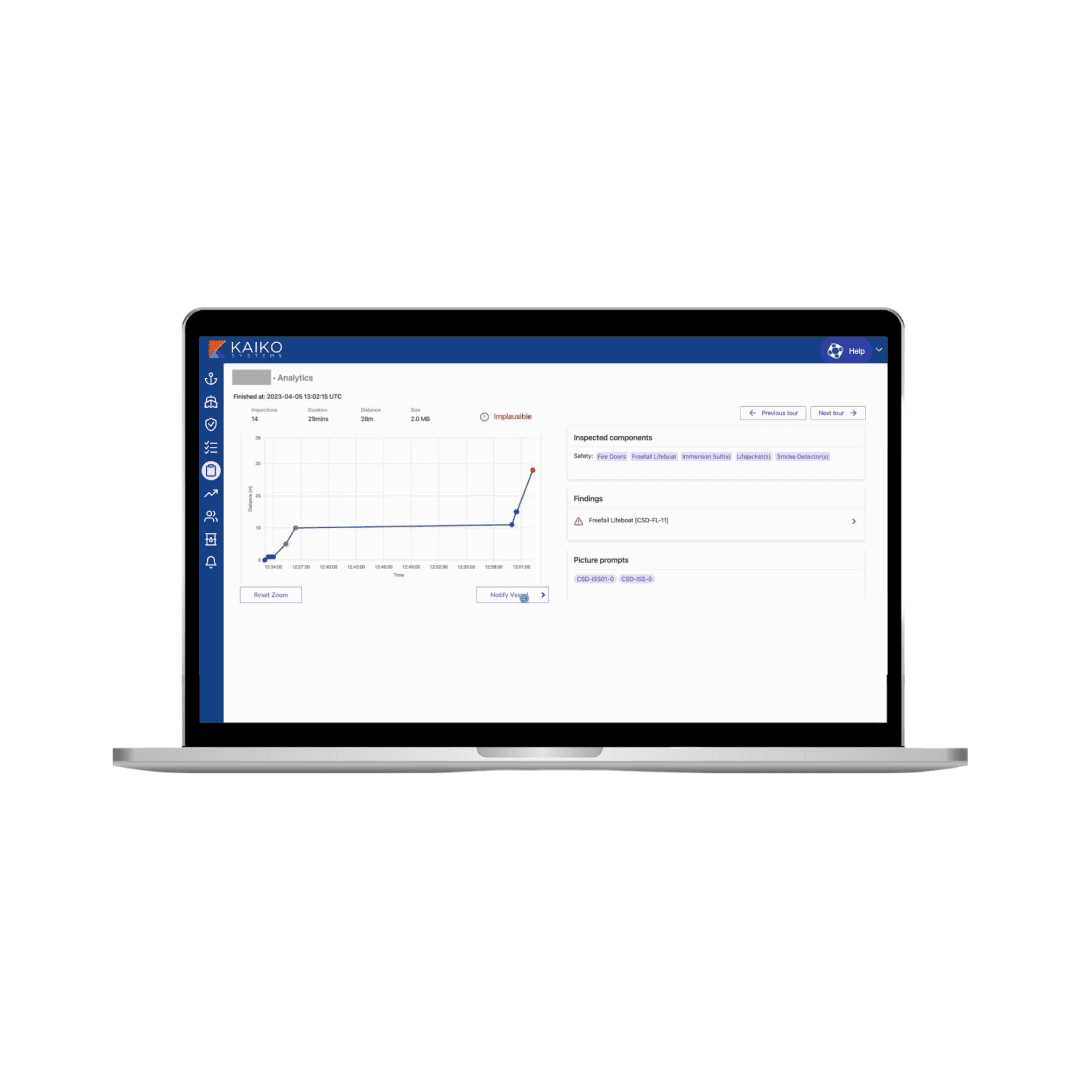Port State Control (PSC) inspections play an important role in ensuring the safety, security, and environmental compliance of the global shipping industry. For ship management companies, fulfilling PSC requirements isn't merely a regulatory duty; it's also a foundation for efficient operations. Failing to meet PSC requirements can result in significant consequences, such as non-compliance, deficiencies, and delays.
Non-compliance can trigger severe repercussions, ranging from administrative penalties to vessel detention until all deficiencies are addressed. Such situations disrupt schedules and inflict substantial financial losses. For instance, if a vessel is detained by PSC, it will cause off-hire costs of 20,000$ per day for Panamax Max and additional costs for follow-up inspections. Moreover, these impacts go beyond immediate financial costs. Companies managing vessels with a history of non-compliance risk reputational damage, potentially reducing their chances to secure contracts with safety-conscious clients. Furthermore, a poor compliance record may lead to increased attention from regulatory bodies, complicating future inspections. Finally, insurance providers can impose premium increases for such vessels.
As commercial vessels trade into ports regularly, PSC readiness is one of key factors of operational efficiency. However, current methods of managing routine inspections and maintenance are often inefficient and carry substantial risks of PSC failure.
Overcoming the inefficiencies of paper-based inspections
Preparing for PSC inspections with traditional methods can be challenging for shipping companies. These paper-based processes are resource-intensive and time-consuming. It involves manual handling, organization, and review of a vast number of documents. These laborious tasks, coupled with the need to generate detailed and accurate reports on various aspects of vessel operation and maintenance, can drain a lot of resources from crews and technical management teams.
Beyond the time and resource implications, the manual processes are particularly prone to human error, given the complexity of the regulations and the amount of documentation involved. Based on the report by Allianz Global Corporate & Specialty, "It is estimated that 75% to 96% of marine accidents can involve human error. Furthermore, AGCS analysis of almost 15,000 marine liability insurance claims between 2011 and 2016 shows human error to be a primary factor in 75% of the value of all claims analyzed – equivalent to over $1.6bn of losses."
In the realm of PSC inspections, even minor oversights or errors in data entry or document management can lead to non-compliance, posing additional risks to companies. Therefore, a shift from traditional vessel maintenance methods to more efficient and reliable solutions is a necessary step for shipping companies to enhance operational efficiency and PSC compliance.
Digitization: the pathway to enhanced Port State Control readiness
Digitization improves ship inspection and maintenance procedures, leading to better readiness for Port State Control inspections. By digitizing traditional paper-based processes, the preparation for PSC is streamlined and more efficient.
Reduced human error
One of the key benefits of digitization is its potential to reduce human error. By improving data entry, providing guidance to crew members and streamlining reporting, digital solutions can minimize human errors that lead to deficiencies and non-compliance during PSC inspections.
Improved reporting
Digitizing inspection and maintenance processes leads to improved reporting. It not only accelerates report generation by reducing manual data entry but also enhances data accuracy.
Centralized documentation management
Digitization can centralize all essential information related to a vessel, making it accessible in one place. This includes maintenance records, inspection reports, crew qualifications, and more. Having this information readily available can aid in the preparation for PSC and ensure that all required documentation is up to date and accessible during an inspection.
Streamlined communication and collaboration
Digitization can enhance communication and collaboration between the crew and shore-based technical teams. Through digital platforms like Kaiko Systems, findings from inspections can be communicated and managed effectively. This shared understanding allows teams to promptly address any issues, ensuring a more efficient pre-PSC preparation process and quick resolution of potential deficiencies.
Unlocked predictive maintenance
Digital solutions can facilitate predictive maintenance, a strategy that involves using data analysis to predict when a component or system might fail. Digitization makes data standardized, accurate and reliable, which is a foundation for predictive analytics. With this data, trends and patterns can be detected early, enabling accurate forecasting of potential failures. By identifying potential issues before they escalate into major problems, predictive maintenance can improve vessel safety and reduce maintenance costs.
Digitizing inspections with ease
Hundreds of vessels operating on Kaiko Systems, digitized their inspection procedures, reporting and finding management. One module of the system is a solution for PSC preparation. It generates comprehensive checklists and highlights focus areas to prepare the vessel for an upcoming PSC inspection. This helps crews and technical teams to ensure that all necessary tasks are completed and documented, and findings are rectified on time. The system's user-friendly interface and up-to-the-minute updating capabilities improve communication between crews and shore and provide increased visibility into vessel health.
In conclusion, digitization represents a significant leap forward in enhancing PSC readiness. The adoption of digital solutions for inspection and maintenance significantly reduces the chance of human errors, streamlines reporting, and facilitates predictive maintenance. This not only addresses the immediate needs of PSC compliance but also builds a more robust, future-proof operational model.












